Contemporary Issues in Architecture
Arch 3314 · 3 Semester Credit Hours
Contemporary issues in architectural theory and history utilizing precedents from early 20th century to present. May be repeated for credit.
Being Here: Phenomenology and Architecture, Again
Arch 3314 · Dora Epstein-Jones, PhD
This course explores the potential intersections and relationships between the philosophical movement known broadly as Phenomenology, and the discipline and practices of contemporary architecture and art. Readings will be based on both 20th and 21st century authors. Writings will be short and experiential. All students from all majors welcome. Expansive thinking about materiality and material cultures is encouraged!

Film and The City
Arch 3314 · Lior Galili

Issues in Contemporary Housing
Arch 3314 · Nate Imai
This seminar explores issues in contemporary housing with a focus on small-scale urban interventions. The course will examine current factors and trends and investigate architectural approaches for designing novel developments. Selected readings and lectures will expand upon the issues covered in this seminar, and students will apply their understanding through structured course assignments.
Image Credit: 3106 St. Thomas by OJT
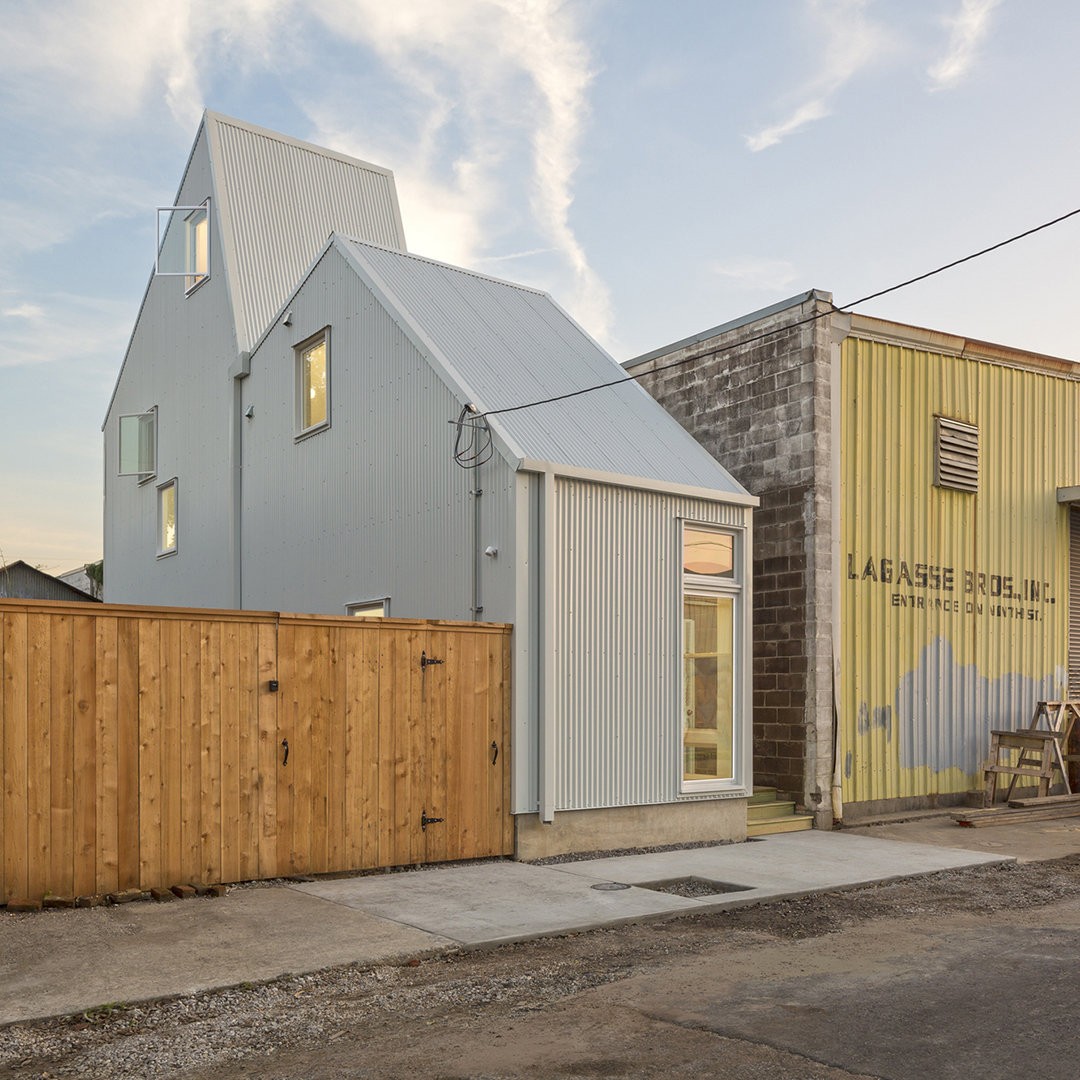
ECOLOGIES AND SYSTEMS
Visualizing scales of impact between structures and environments
Arch 3314 · Victoria McReynolds
Ecologies and Systems takes a contemporary look at our changing environment and considers the energy impact of various building practices. Ecologically conscious building design will be assessed through data analysis and visualization of information mapping. This course contributes to the Ecological Architecture & Design certificate.

Discipline & Discourse
Arch 3314 · Lauren Phillips
Works of architecture exist and operate within a disciplinary discourse made of language. The expression of architectural ideas is shaped by the words we use to express them. These words comprise a cultural context that is as integral to an architectural work as its physical context.
This undergraduate seminar investigates the role of the written word in our discipline through a forensic analysis of current architectural issues and ideas, tracing their evolution backwards through the architectural conversation. Sources considered will include formal and informal criticism, interviews, architectural theory, and the writing of architects about their own work. An emphasis will be placed on the current and historic role of the architectural journal, as well as the emerging role of social media in the critical discourse.
This course invites students to investigate architectural arguments and positions, explore the cultural and historical context surrounding their formation, and present their own critical response based on evaluation and analysis.
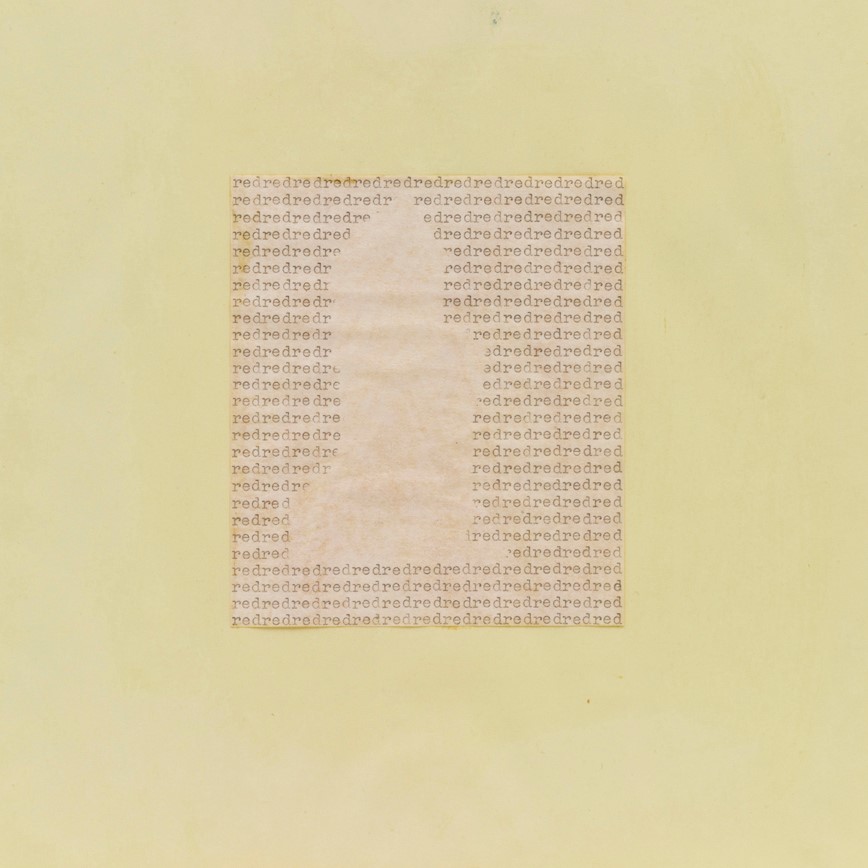
Materiality in Formation
Arch 3314 · Zahra Safaverdi
The path one takes when 'following the materials' is not a linear one. Instead, one encounters complex and anachronistic layers, incorporating references that point beyond canonical boundaries. In addition to mapping the genealogy of the formation of materiality as a concept, this course brings up notions of matters and materials, dematerialization, immateriality, intermateriality, transmateriality, and material in-formation in contemporary studies. The course focuses on instances when materials become willful and agents and actively engage their audience. The course format consists mainly of small lecture sessions and active reading discussions which are moderated by the faculty but led by the students, in addition to a semester-long materiality in-formation project.
Image Credit: Street-Scape by A/P practice
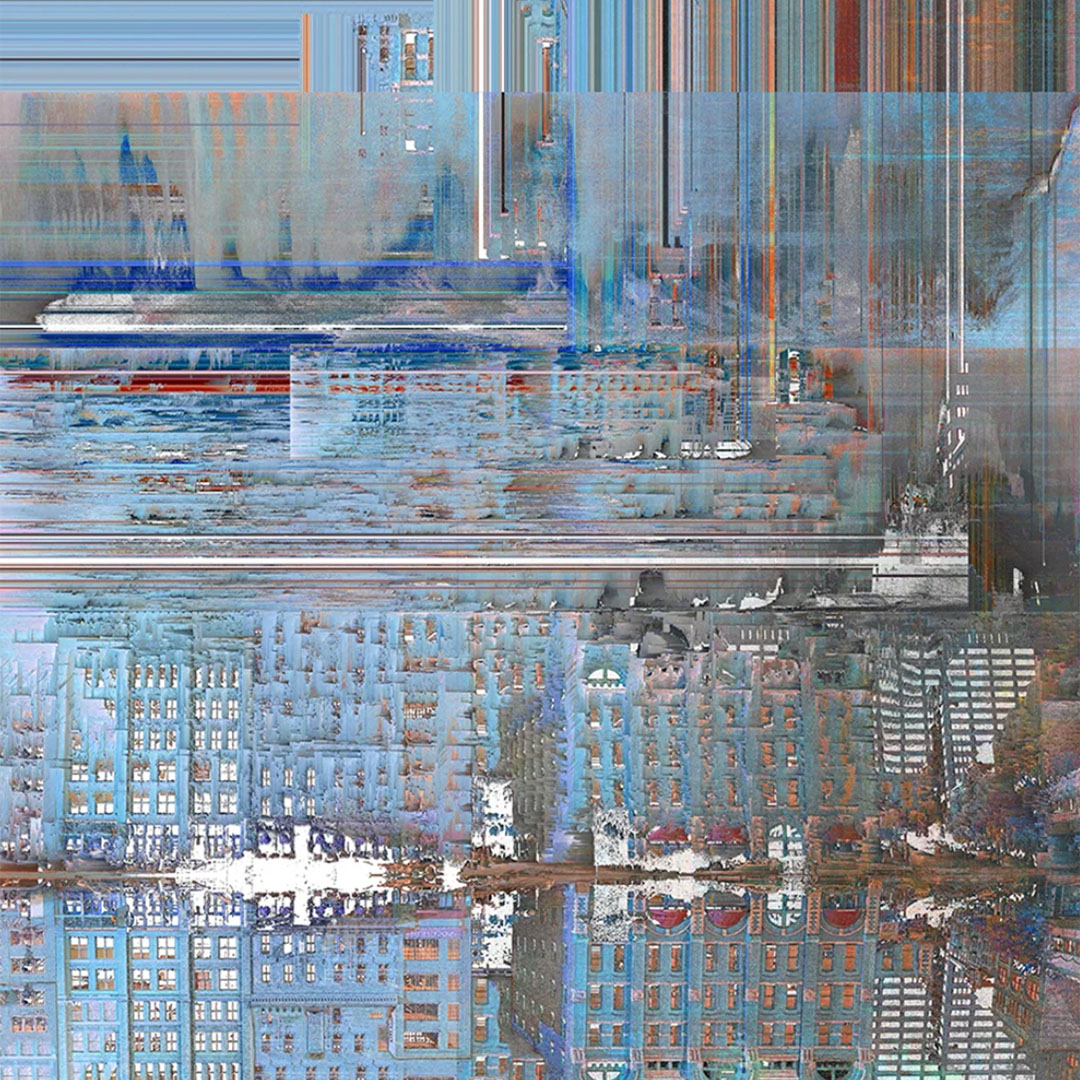
MUD Buckets: Anthropocene architecture atlases
Arch 3314 · Chris Taylor
This course will take the text “MUD: All worlds, all times!” by Ashkan Sepahvand, Christoph Rosol, and Katrin Klingan from Textures of the Anthropocene: Grain, Vapor, Ray (MIT Press, 2015) as treatise and point of departure for a reading, synthesizing, and drawing intensive seminar where each participant will construct an atlas evidencing geologic, temporal, and technical contexts for architecture in the Anthropocene. Visual and narrative storytelling will be prime agents with references spanning contemporary and historic models from Lucy Lippard, Bruno Latour, and Deborah Stratman to Henri Bergson, Hannah Arendt, and J.G. Ballard prompting independent research across domains of earth sciences, environmental justice, humanities, and science fiction. We will dig deep, travel through tricky matters, and build visual questions of the importance for spatial imaginations necessary for architecture now.
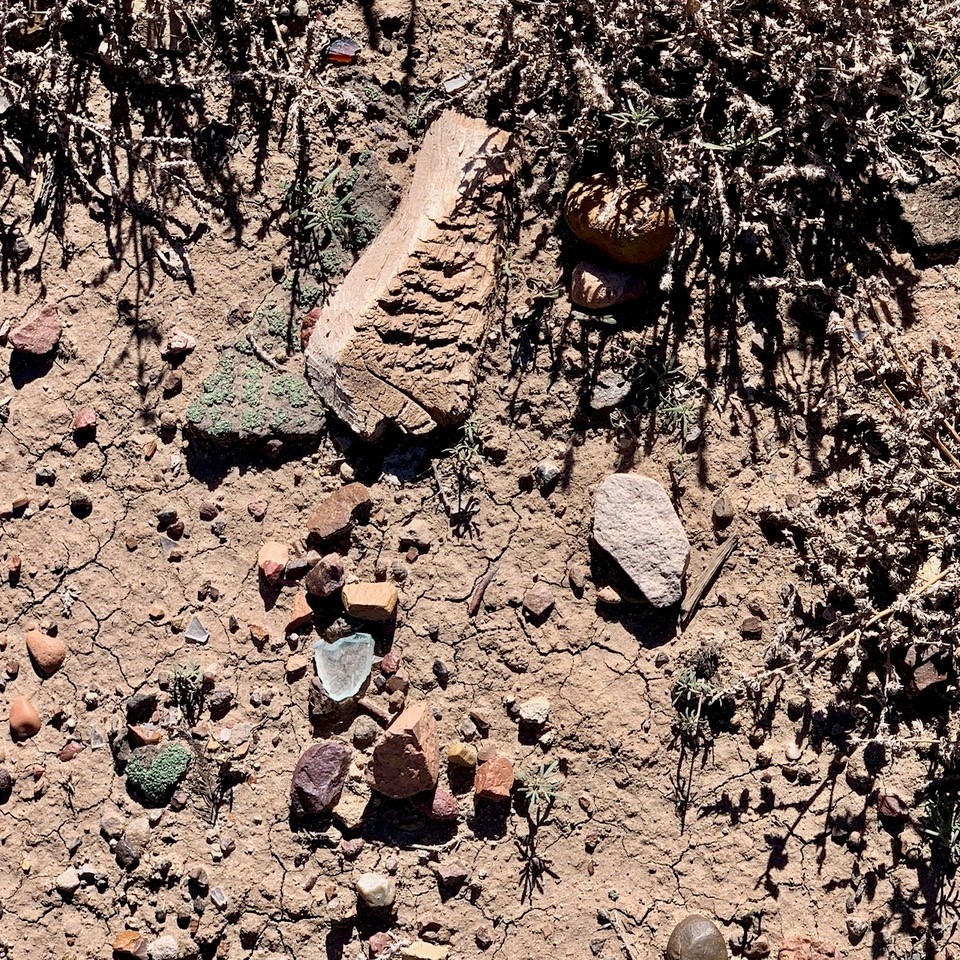
Analyzing Architectural Form
Arch 3314 · Julie Zook, PhD
This 3-credit elective teaches concepts, theories, and methods of manual, graphic and computer-aided analysis for understanding architectural and urban morphology. You will learn theories and methods related to how buildings and cities grow, how building types emerge and evolve over time, how to differentiate between their geometrical and spatial characteristics, and how to forecast wayfinding and other dimensions of building use based on floorplan analysis.
You will be expected to attend several lectures and films as part of the Humanities Center annual theme on health.
Your final project will become part of an online digital humanities database that builds public scholarship on architecture.
Image credit: Stan Allen, Field Conditions. From: The Digital Turn in Architecture 1990–2010, ed. Mario Carpo (Chichester: Wiley, 2013), 70.
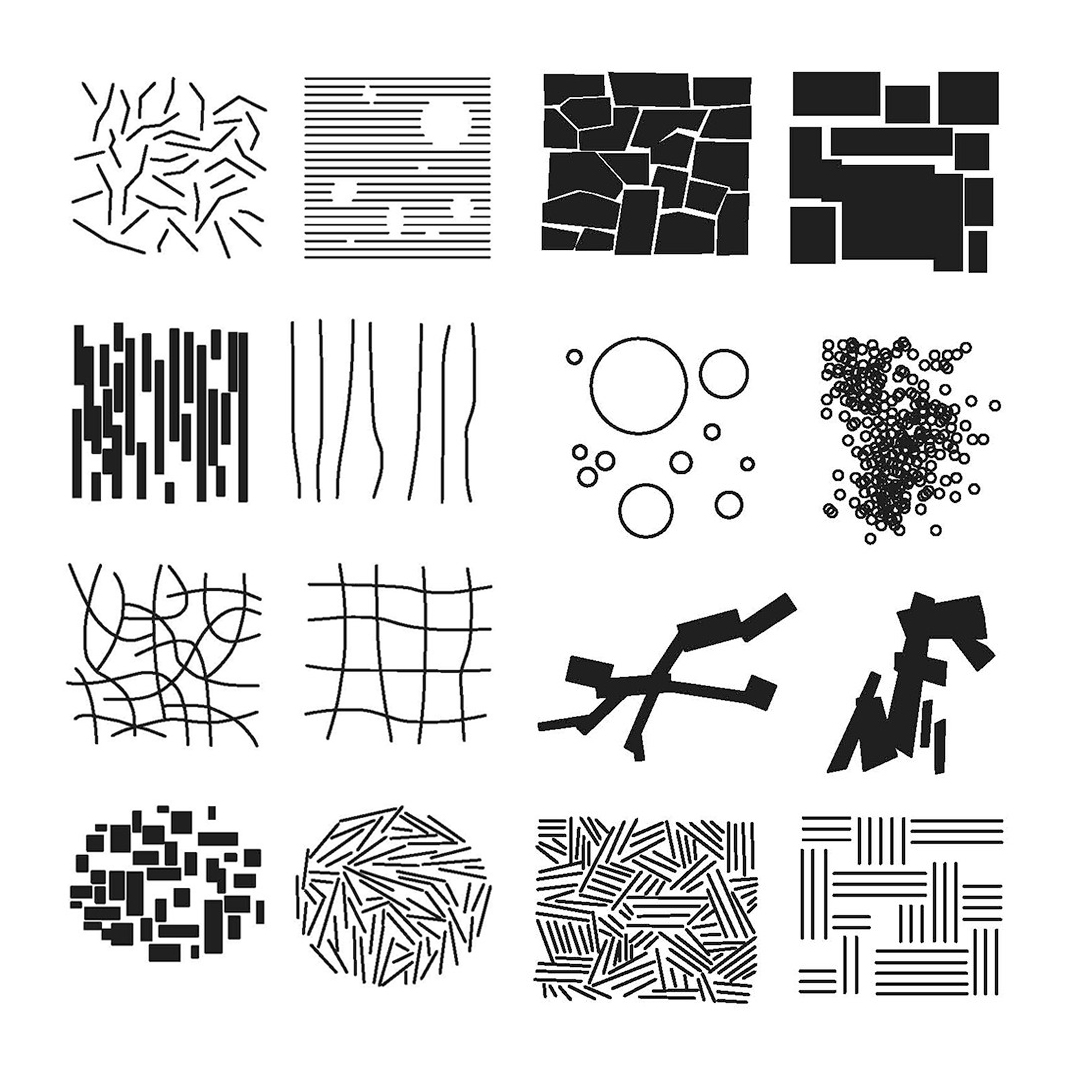
Huckabee College of Architecture
-
Address
Texas Tech University, 1800 Flint Avenue, Lubbock, TX 79409 -
Phone
806.742.3136 -
Email
architecture@ttu.edu

